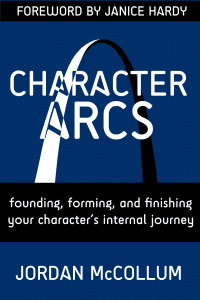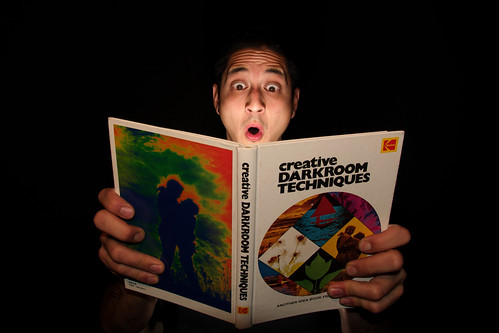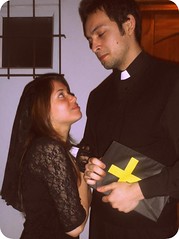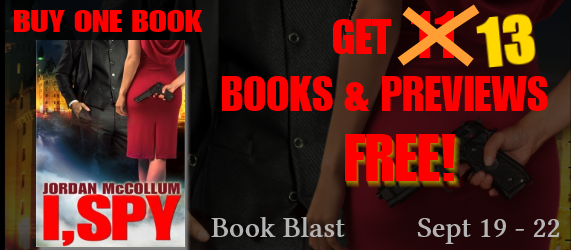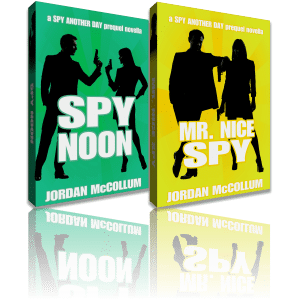I still have a few slots left on my blog tour for Spy for a Spy, running 7-12 November 2013! Come sign up!
I am surrounded by young adult authors. That is, authors writing for young adults. Like, surrounded. Where I live, on the Internet—to find another author writing to an adult audience is actually a challenge most of the time. Plus, I know (ish) a lot of very, very successful YA authors—awesome agents, big book deals, best sellers. So I get lots and lots of chances to think about whether YA is for me.
The answer is usually no, not really.
Except for this one time.
The book stats
 Title: Slash and Burn. Maybe Scorched Earth. Maybe that will be the sequel.
Title: Slash and Burn. Maybe Scorched Earth. Maybe that will be the sequel.
Genre: YA post-apocalyptic (Not dystopian. There is a difference.)
Inspiration: A very vivid dream, inspired by the TV show Falling Skies, shortly before Nano 2012. As in, like, weeks.
Writing dates: November 1 – 20, 2012.
Length: 69,265 words.
Back cover copy: The war for Earth is over. But the battle’s just begun.
In a depopulated post-apocalyptic California, 17-year-old Adrienne Lucas has finally found some semblance of normalcy in a collective farm led by her father. Then newcomers arrive, promising a return to the comforts from Before. Adrienne’s father represents the voice of reason against the newcomers’ siren song—until they silence him forever.
Adrienne’s devastating loss is compounded when she discovers the man she’s loved for years, the man who saw her father as practically his own, the man who lives in her home as part of her family is also the man who betrayed her father and sentenced him to death.
Now Adrienne will destroy them all. Starting with him.
Or, in video form:
Don’t see anything? Click through to view the trailer!
What I learned from this book
Well, obviously, I learned that I can write YA. It was nice to take a “break” from the strong voice of I, Spy, with a different voice. Interestingly, it was still in first person, present tense, and still had plenty of humor, but it was a very different tone. I hadn’t written anything remotely speculative in over a decade, so it was kind of fun to go back to that. And of course my husband is big on emergency preparedness, so it was fun to use him as a consultant.
But probably the most important/interesting thing I learned from this book was letting go. A week or two after I finished it, I opened it up again to export from my trial version of Scrivener, and . . . I just didn’t really “feel” my novel. It was a rough first draft, of course, but something was (and still is) missing for me, especially the passion and the drive to go back to it.
Funnily enough, I’d kind of forgotten about that over the last year and just came across my posts about that as I was trying to track down my final word count. I slotted the book into my production schedule down the road, but . . . we’ll see. It’s a cool story, but as I realized (quoting Natalie Whipple): “this business is too hard to waste effort on something you don’t 150% love.”
What do you think? How do you rekindle passion for an old project?
COVER IMAGES: Girl: Self-portrait by Kelsey; Fire by Marion Doss;
Blood drips: Pooling Blood by Joleene Naylor; all via CC
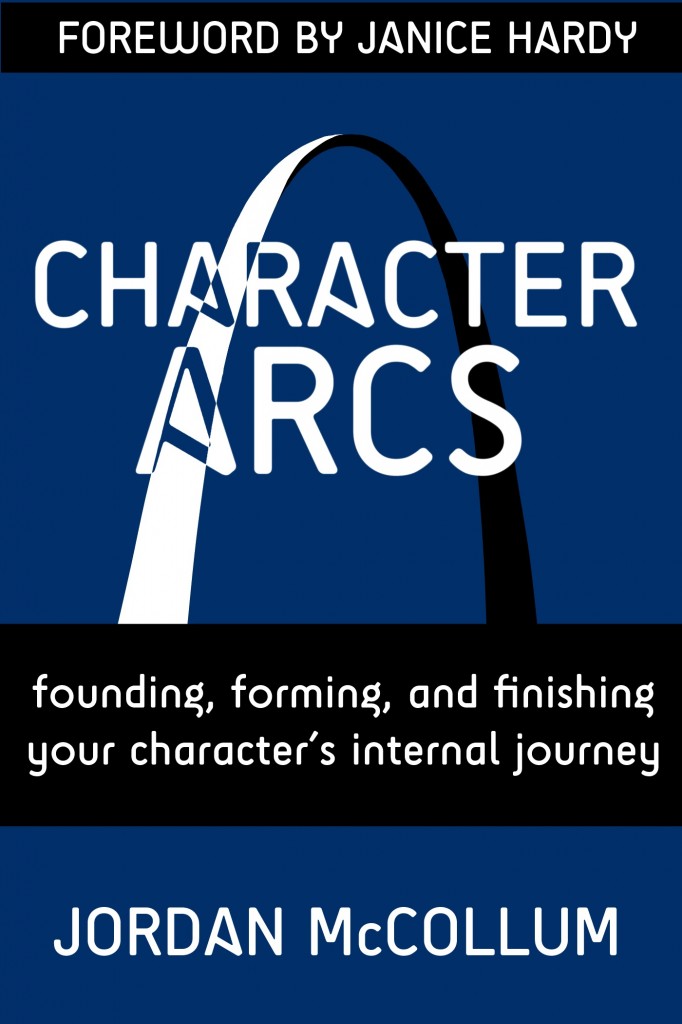

 —but eventually my sales dropped off in the evening. I figured that was probably natural, and they might pick up again in the morning. Or they might not. I was just thrilled to have made it once.
—but eventually my sales dropped off in the evening. I figured that was probably natural, and they might pick up again in the morning. Or they might not. I was just thrilled to have made it once.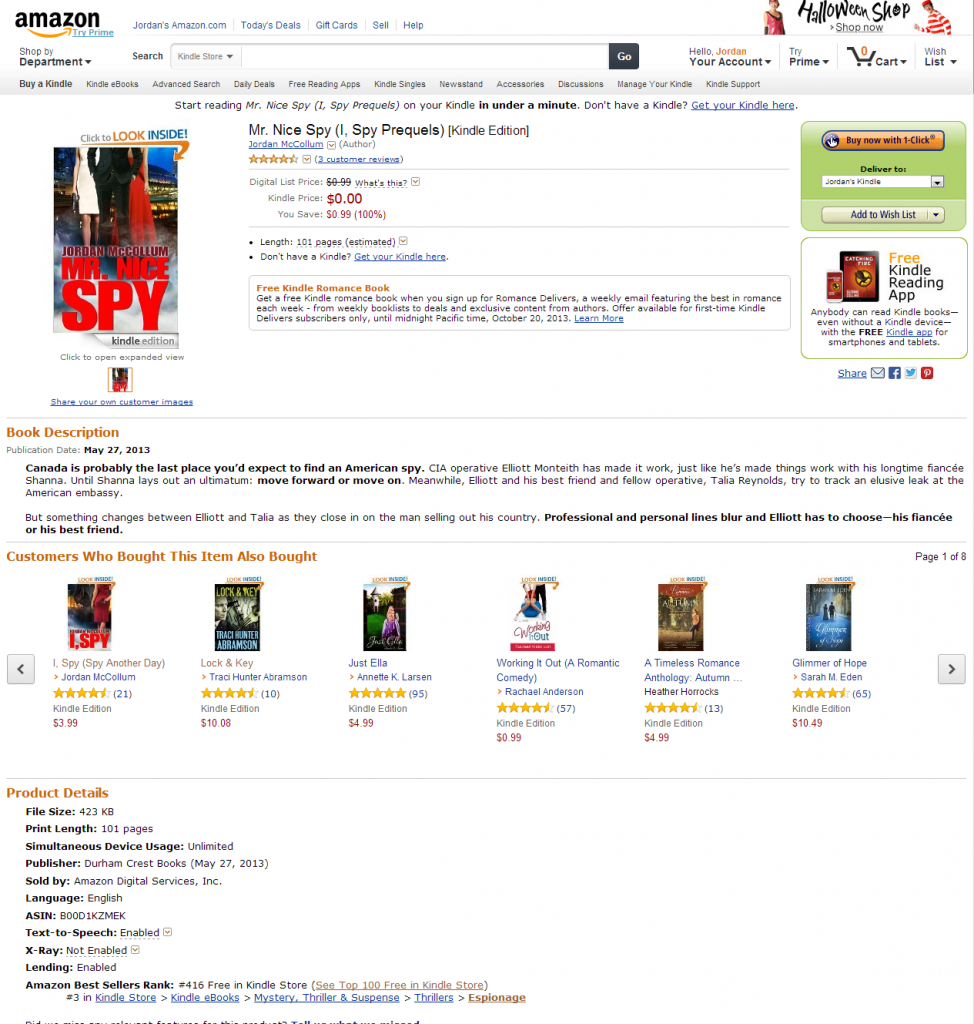
![107/365 [Flying Fingers]](http://farm4.staticflickr.com/3593/3454110496_b3785204f5.jpg)
